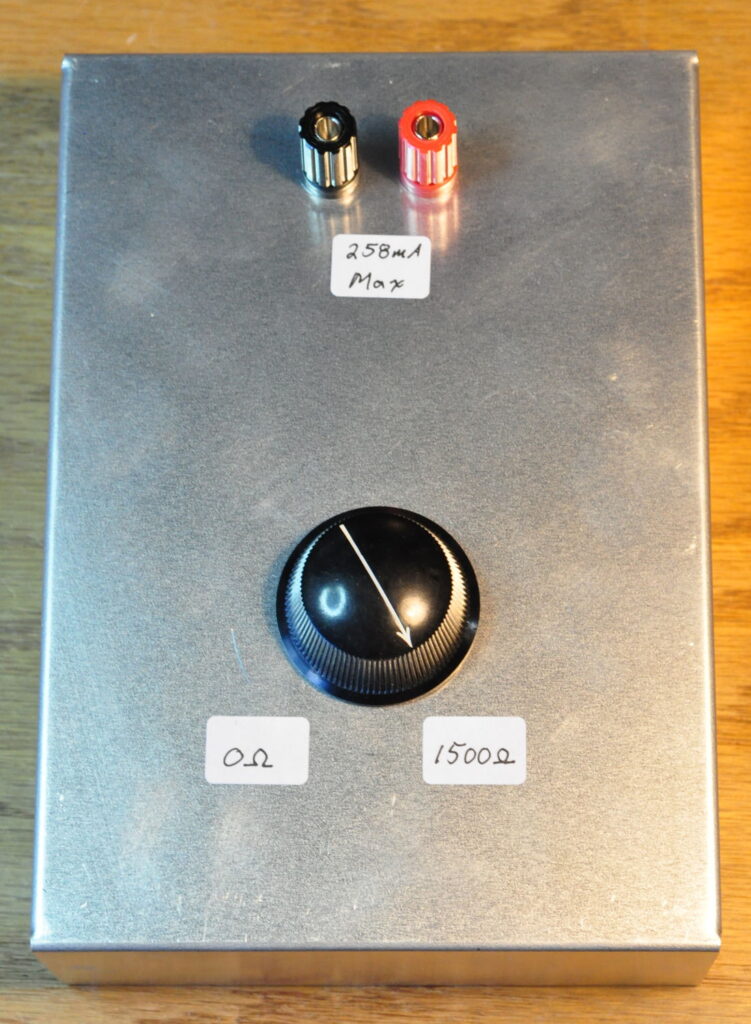So as I said in my post The Next Amp, I kind of settled on the triode strapped KT88 based on the power supply. Now I’m not so sure.
I had settled on that decision, but then I began working the power supply. And I can’t seem to get the numbers to come out the way I think they should. It’s not really that surprising given that traditional design approaches use slightly different transformer specifications than what is generally published by design houses. But I finally decided that, before I decide on the amp, I’m going to simply prototype the power supply using the XPWR011 under load and see what the voltages look like for a couple of different rectifier tubes. What this means is that the triode strapped 807 stage that I prototyped way back in 2017 when talking about power stage distortion is back on the table.
The first thing I had to do was make sure I could adequately test the prototype. Unfortunately, my current hig power loads were insufficient to get to the 4.5kΩ level I needed for testing. So I got on eBay, found an appropriate rheostat, and built myself another high power variable load.
Now that I have another high power load, I can daisy chain my load boxes to give me the load I want. This means I can get moving on the power supply prototype and see how the actual unit will perform.
Merry Christmas everyone!
As always, questions and comments are welcome.


Pingback: Prototype Data Lights the Way | Cascade Tubes
A little “heresy” here – what about silicon diodes? Only about a volt drop per diode, use a resistor in series with the DC output to fine tune your B+, and no filament power draw to boot.
Yes. That is heresy!
Seriously though, this is an option. Usually I have a strong aversion to silicon diodes simply because of the B+ spiking that occurs in the first 30s to 60S after power on. But I think in this instance I’ll be ok with vacuum tube rectification. I found some of my old nots from when I first designed the 807 triode amp and selected the XPWR011 transformer. Things are starting to make more sense now.
I am interested in the 5U4 results. That rectifier seems to be common for high voltages, and I would like to see the graph you generate from the data.
I plan on looking at both the 5AR4/GZ34 and the 5U4GB. I also wanted to try out a 5V3 because it’s kind of halfway between the other two in terms of loss but, alas, I don’t have one in my stash. I only have the much lower power 5V4s.
If you are looking for a lower-power option, I would be happy to send you a 6AX5GT. The RCA manual says that it can handle 450v per plate but only up to 40 mA.